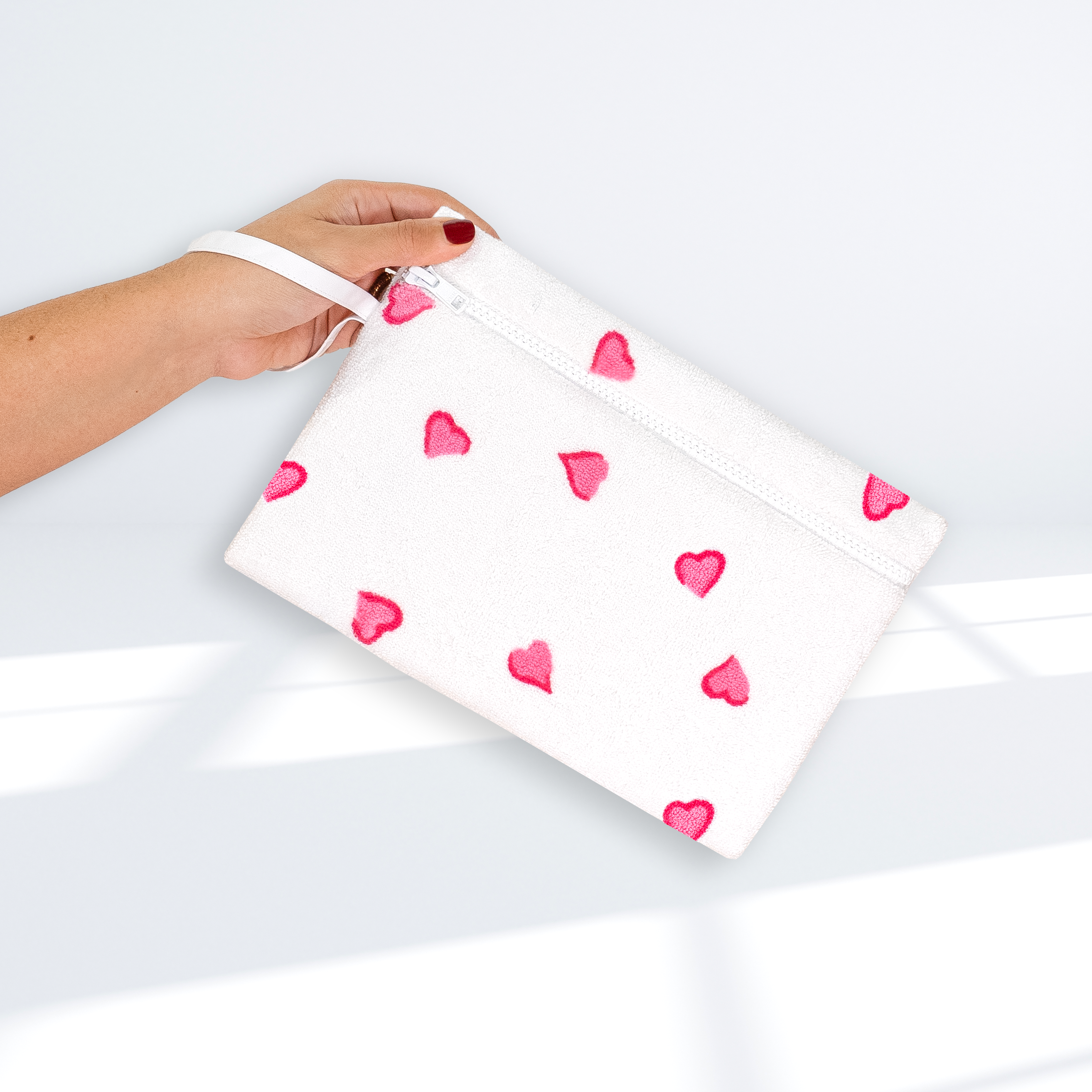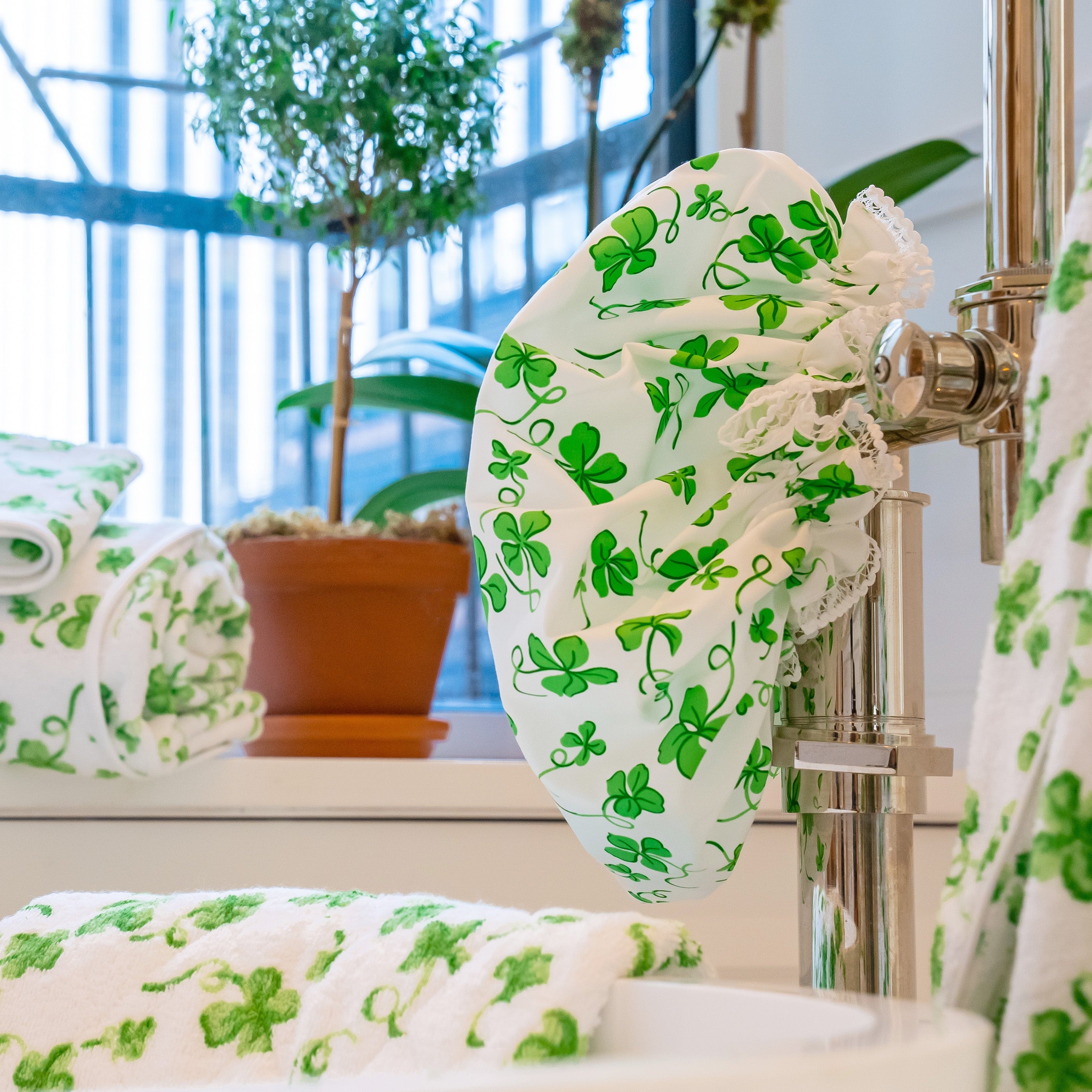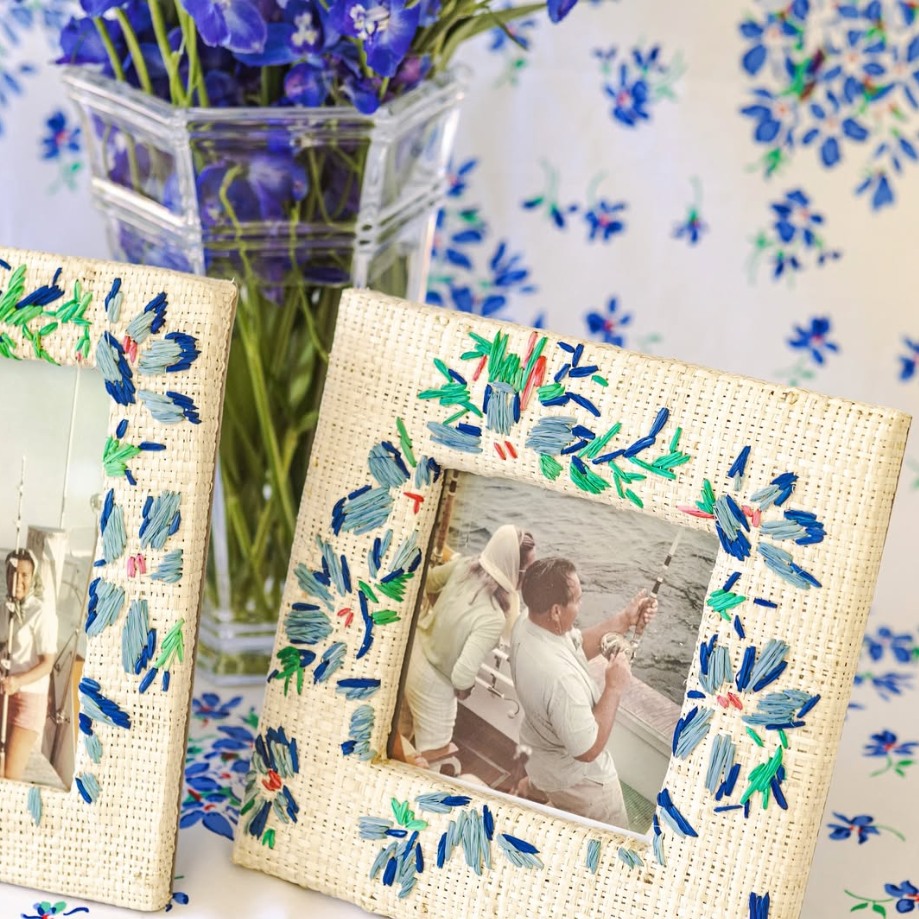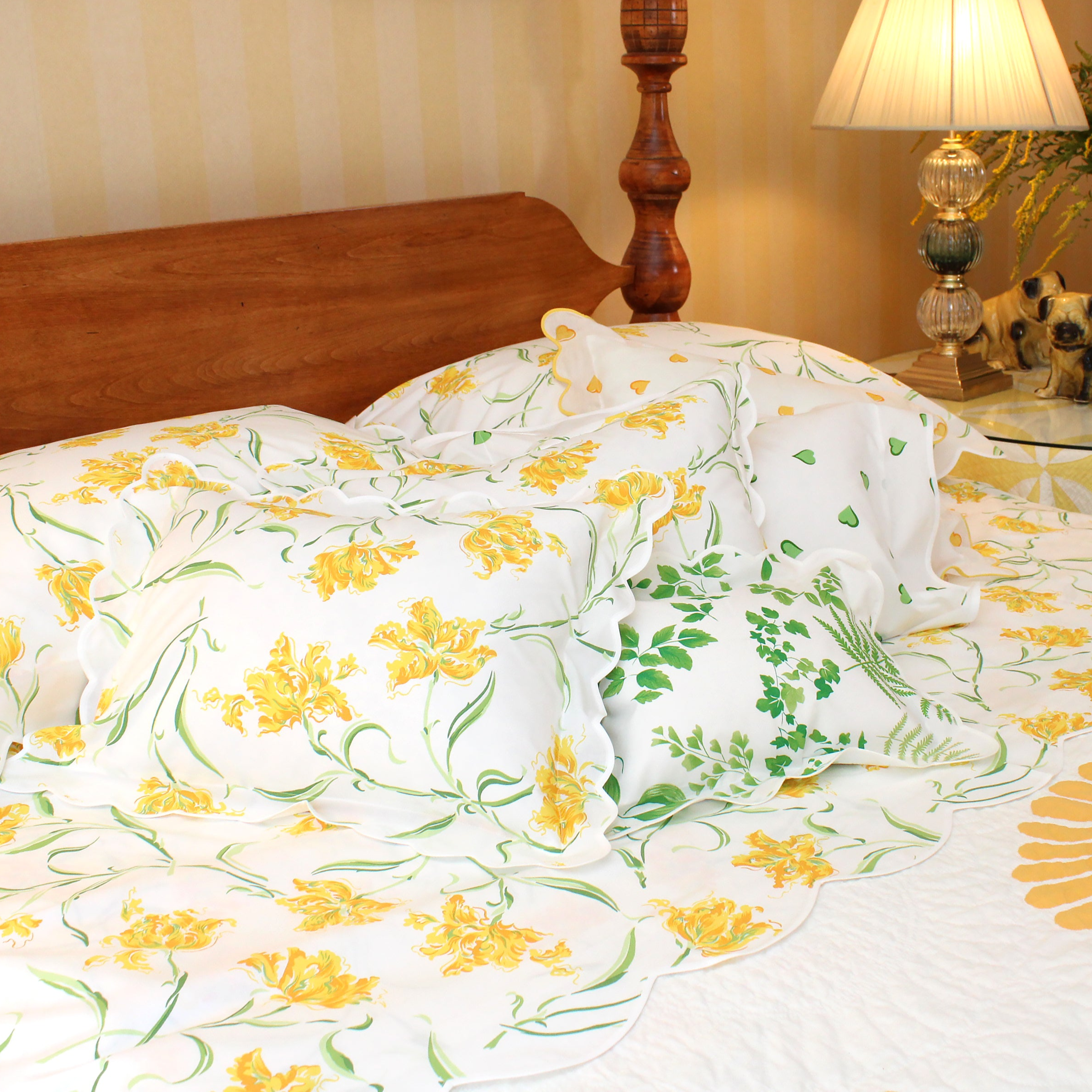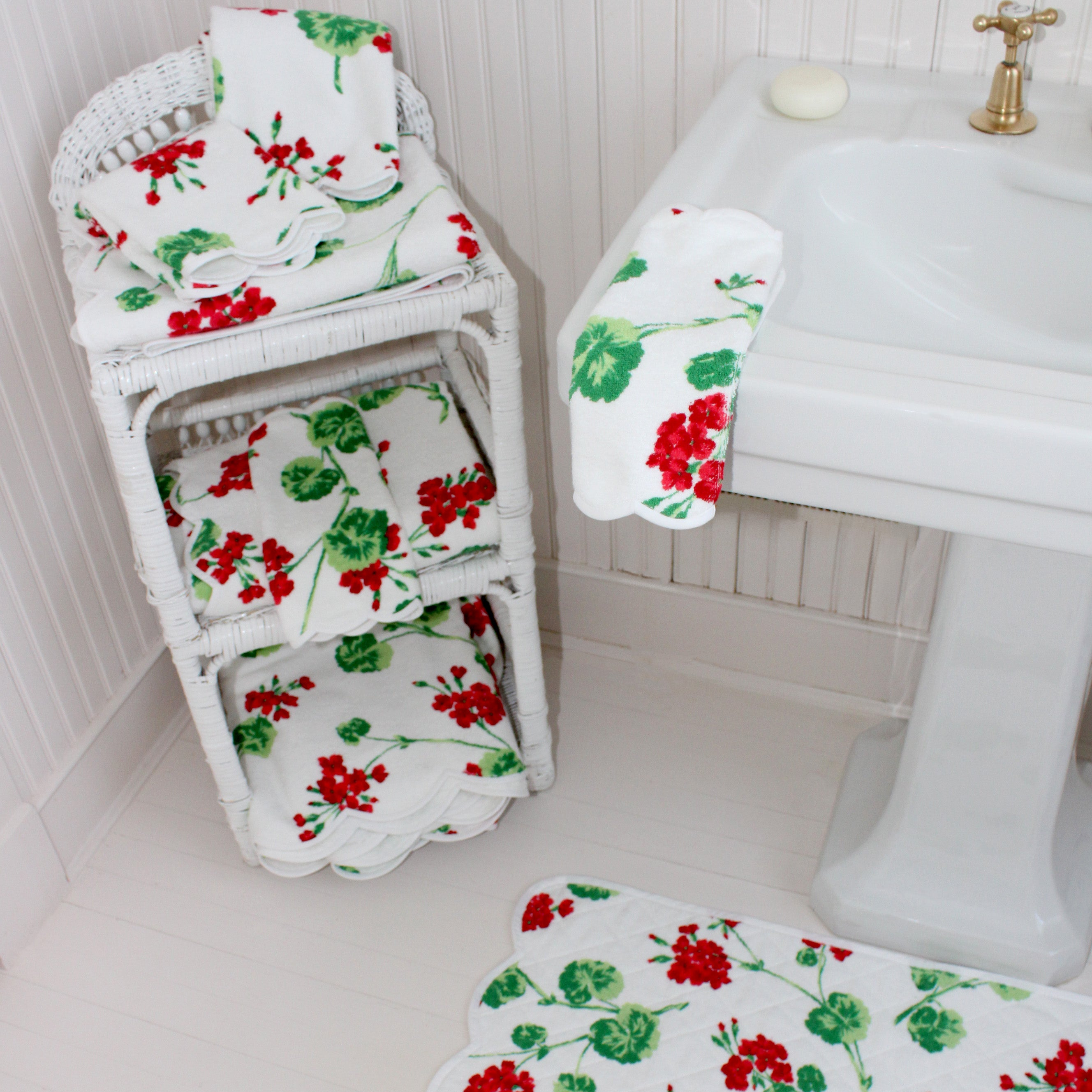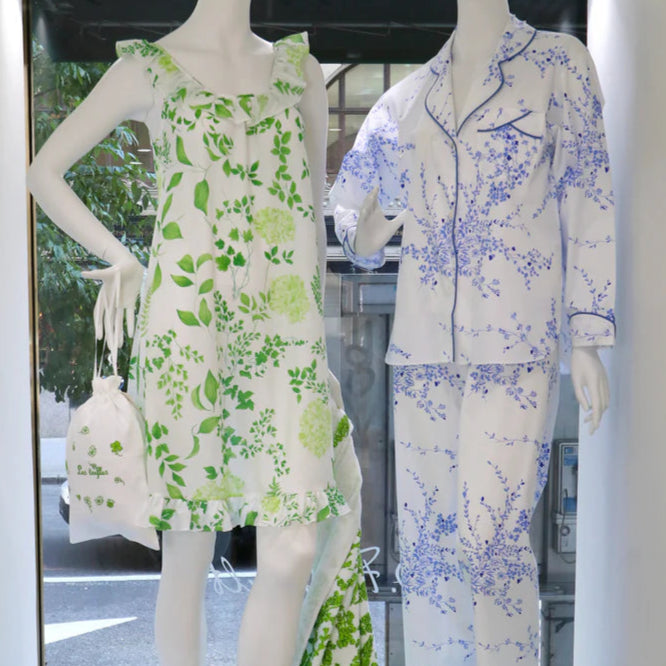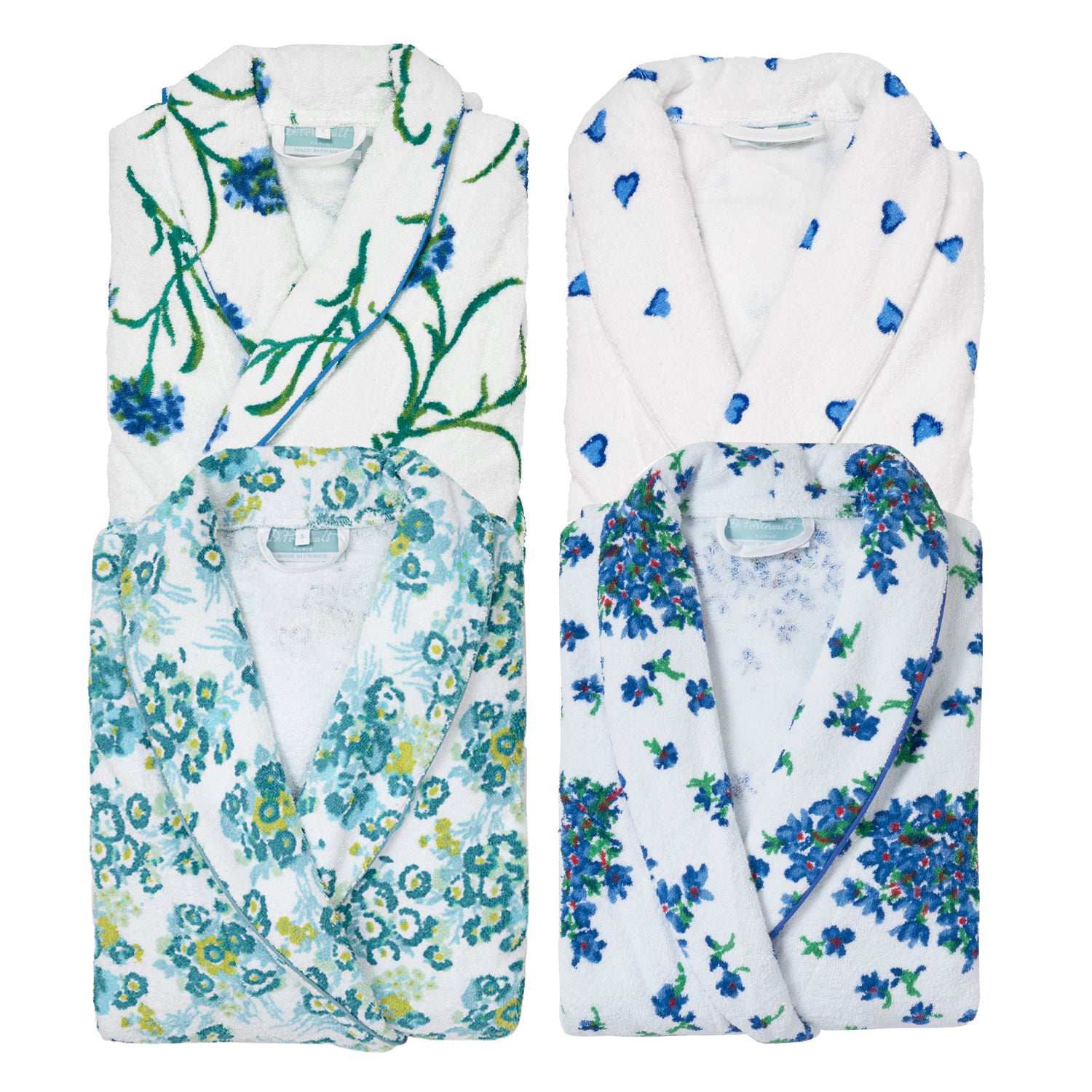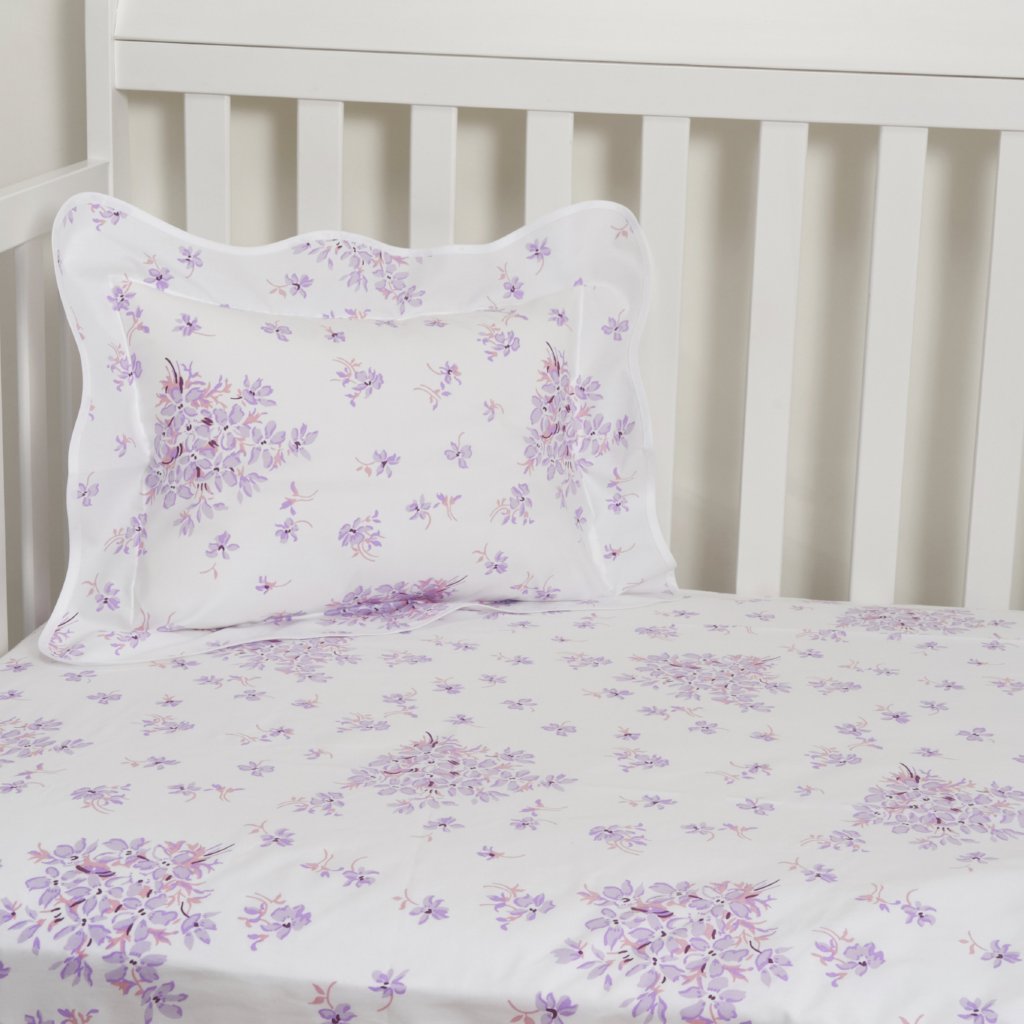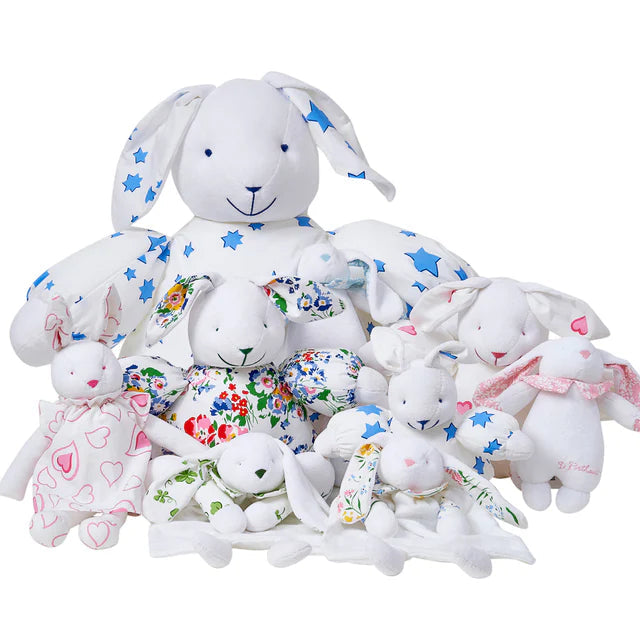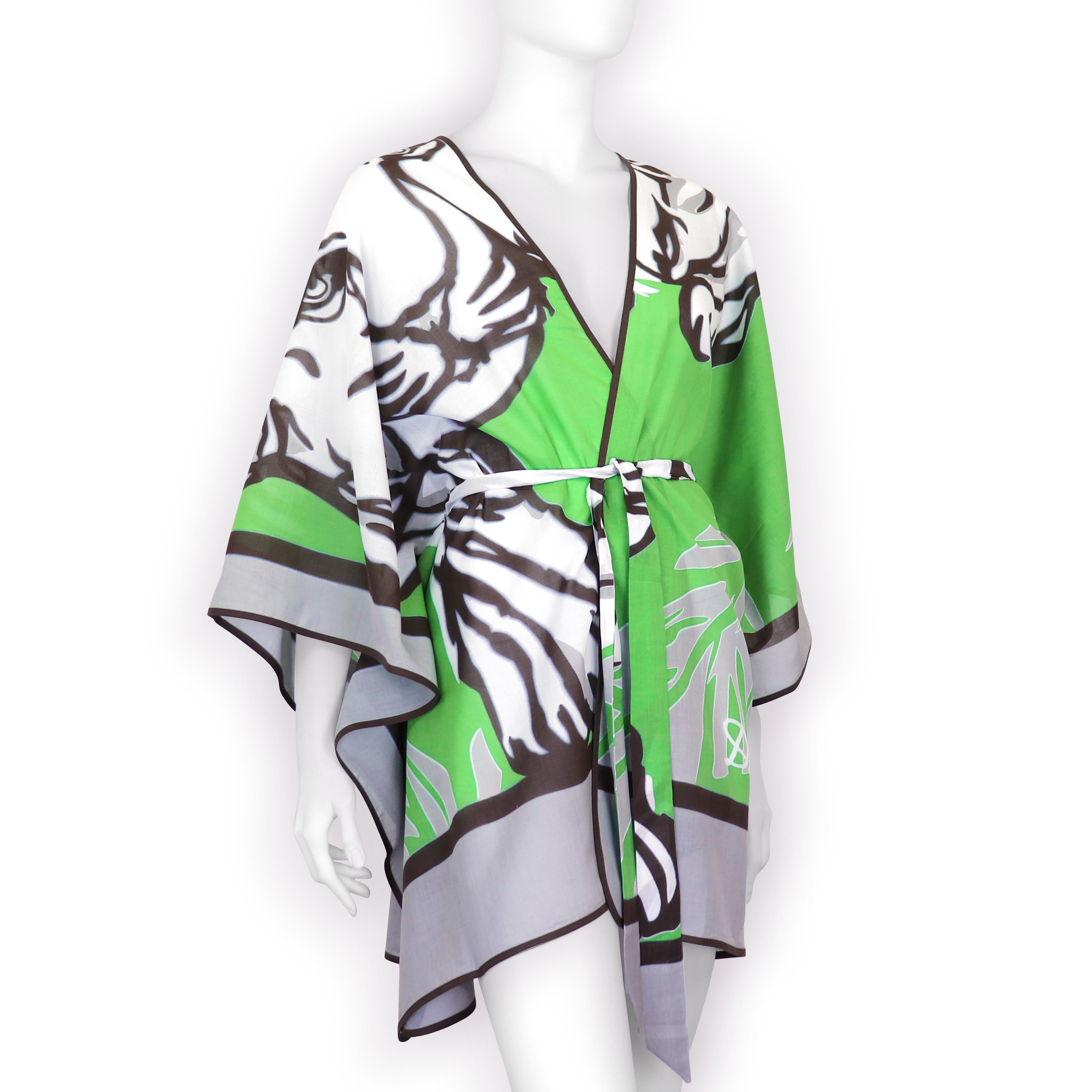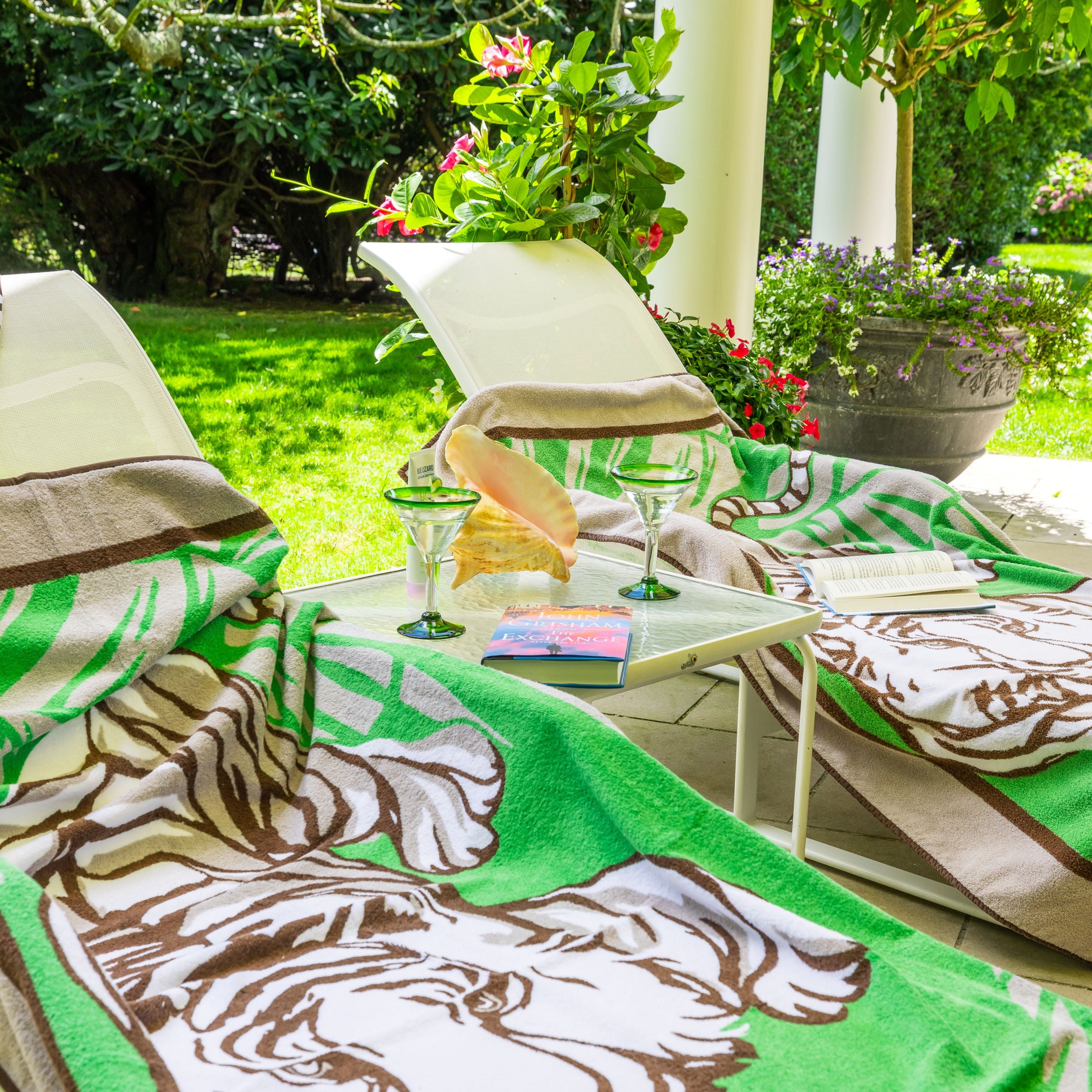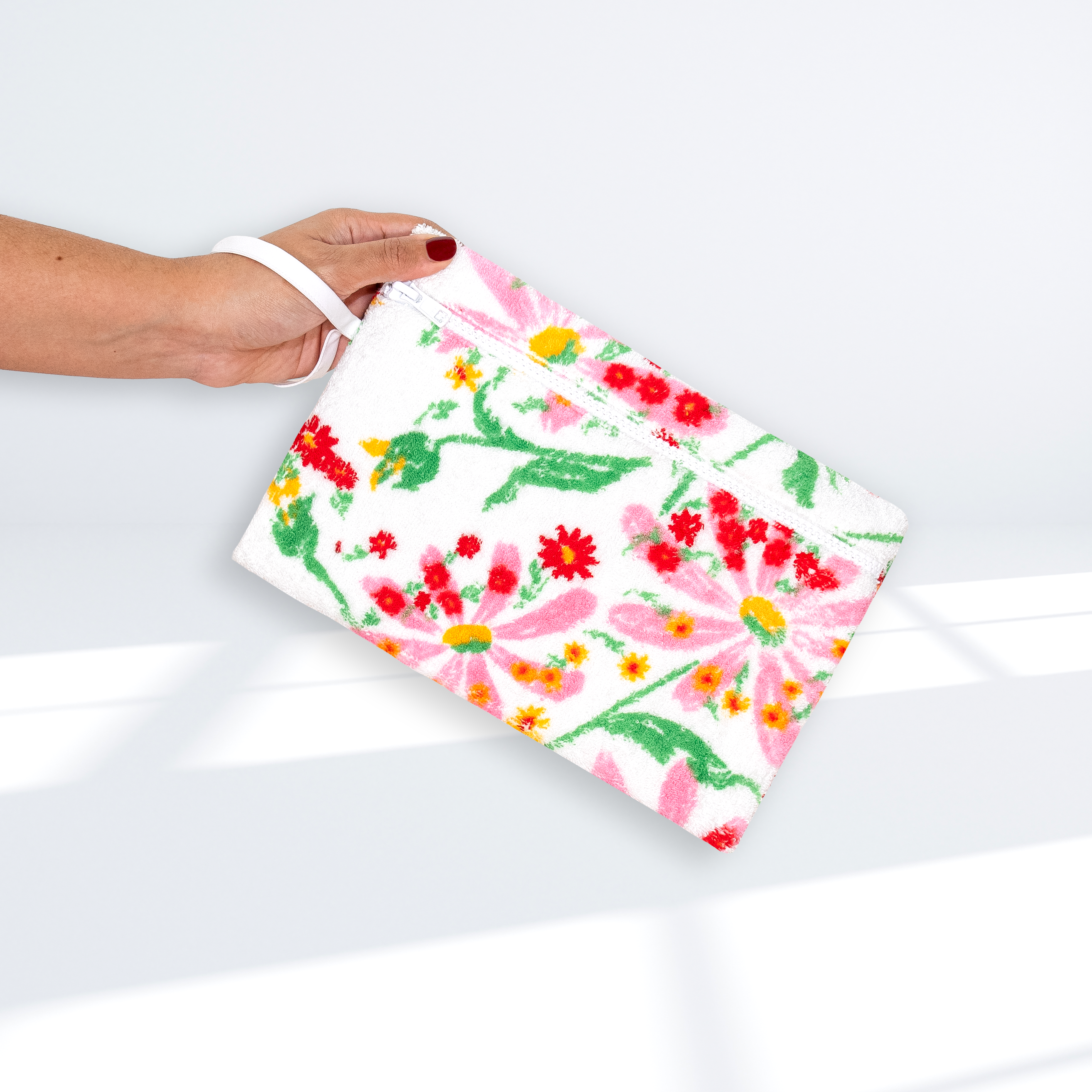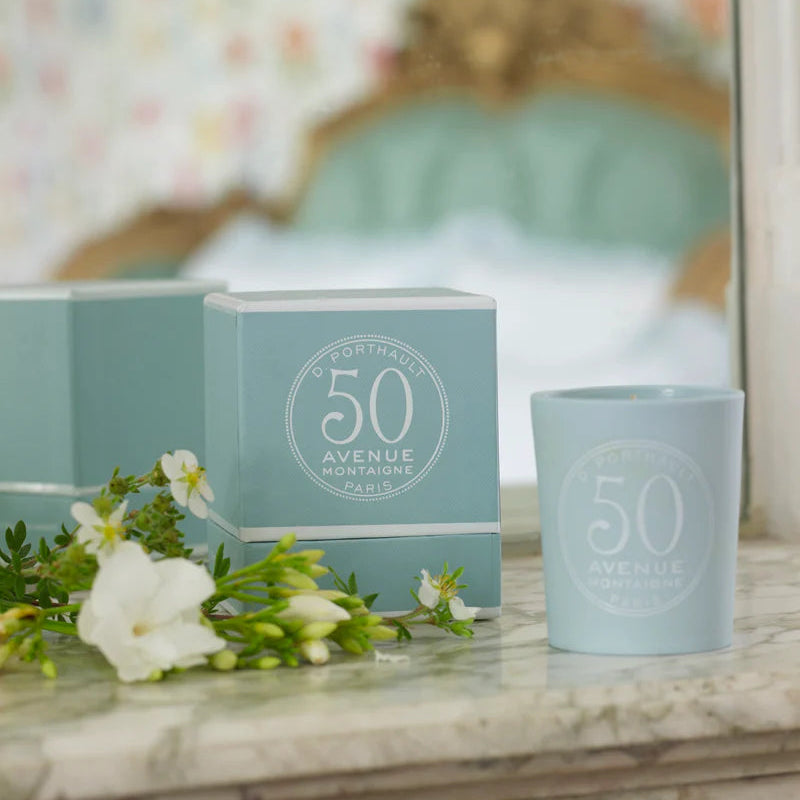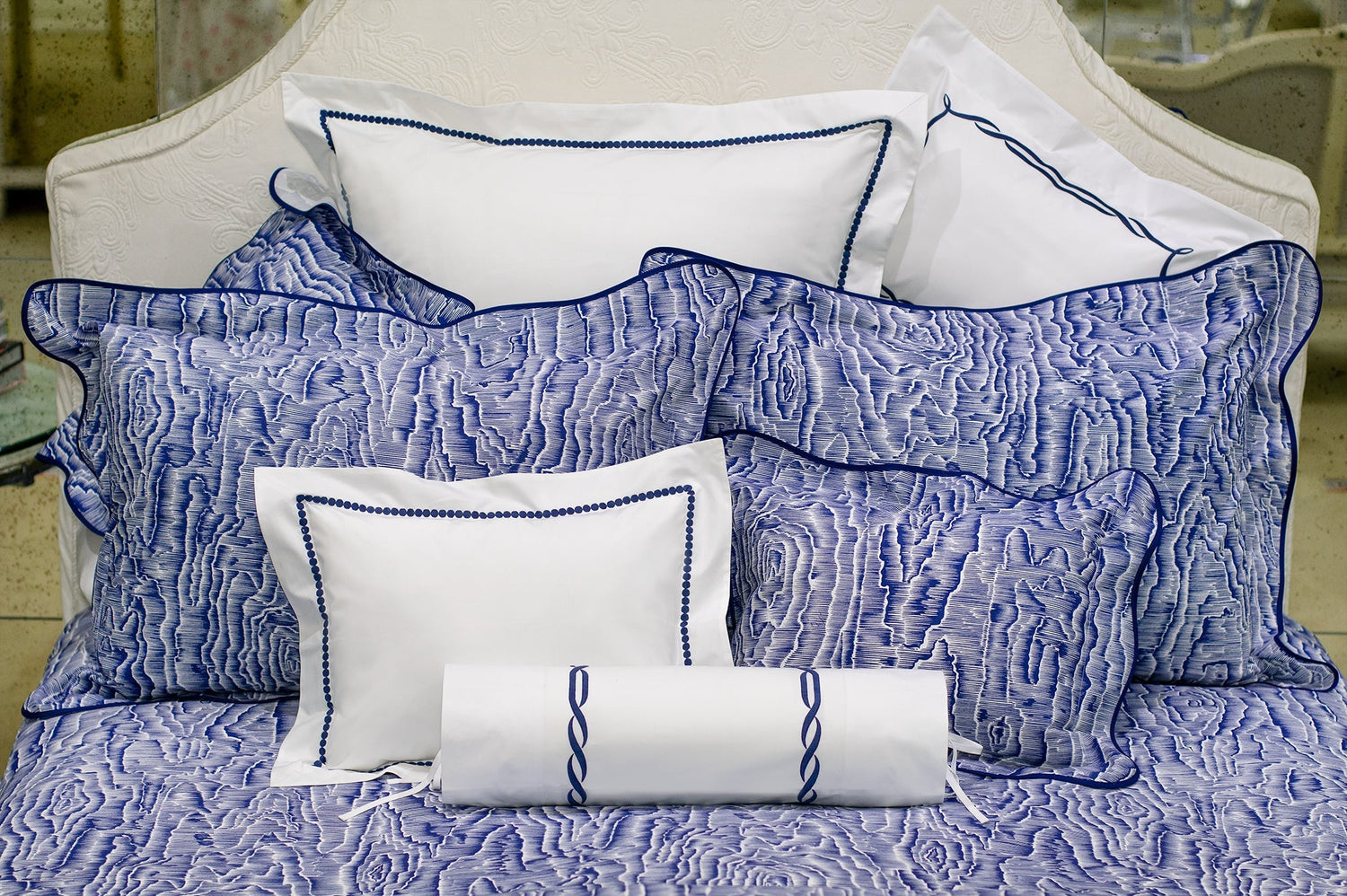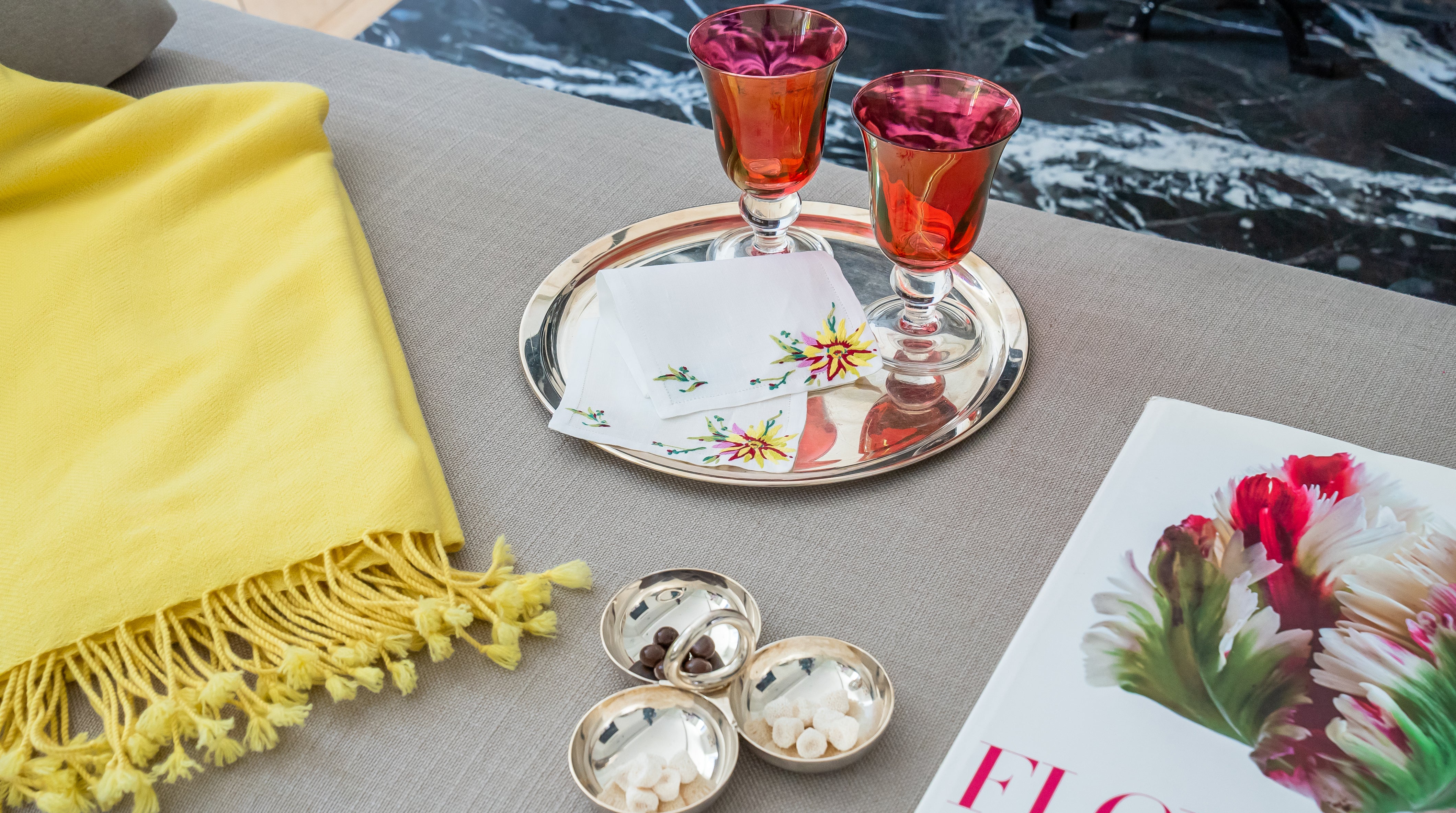Bois Moiré ~ D. Porthault’s archival revival
From our design studio’s library ~

Since the 1920’s, the artists at D. Porthault have been inspired by nature, drawing from the forms, lines and colors around them.
Textile artists have long been intrigued by the abstract lines of silk moiré, itself an ode to the gentle ripples of water.
The history of silk moiré dates from medieval times. The production of moiré fabric was costly and always highly prized. In 17th century England, for example, silk moiré was used to adorn the walls of King William’s Hampton Court Palace.
Silk moiré was created by embossing an organic pattern onto the surface of woven cloth by applying heavy pressure onto ribbed, steam-filled rollers. The process was similar to ironing a permanent crease into a garment. The pressure from the pattern on the rollers created a wavering, watered effect on the silk by crushing some of the threads in the fabric.
During the 18th and early 19th centuries, the fashion for moiré and all striped decoration became broader, and textile artists began engraving screens to replicate, through a printing process, the undulating lines of the first silk moirés.
In the 1960’s, as a play on the visual texture of silk moiré, D. Porthault engraved flat screens to mirror the bark of a tree on cotton and linen fabric. Today, with our focus still on nature and the richness of its lines and texture, D. Porthault is reintroducing our Bois Moiré print in navy and brown.


